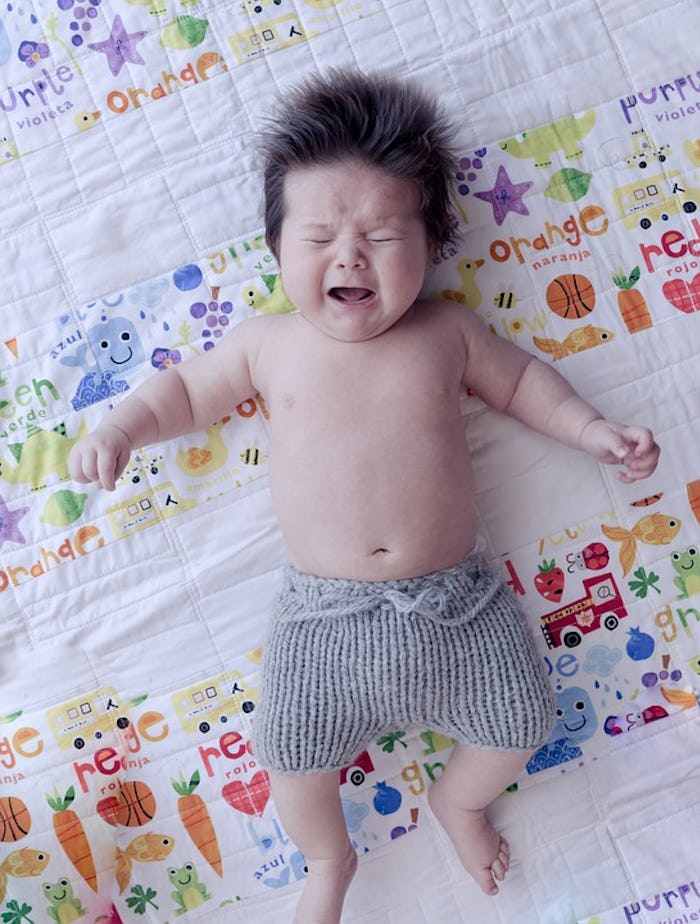The most daunting aspect to choosing a sleep training method is finding the one that feels right for you and your child. There may be bits of different methods that feel like they could work for you, but not one that checks every box on your list. So you have to pick the one that comes closest to what you envisioned. If you want to tackle getting your little one to sleep head on, that's the first reason why you should try the extinction sleep training method. Because this way of putting baby to bed does not mess around.
Although there are variations of the cry it out approach, extinction means no rescue or return to the room after the baby has been put to sleep, as the Baby Sleep Site explained. This means once you have laid your baby in her crib and said goodnight, you are not to return for consoling no matter how long she cries. Although this method has at times been called cruel and damaging to the baby, digging for some facts helps to understand this way of sleep training more clearly.
A key component to trying this method is getting the timing right. As the website for Forbes magazine pointed out, babies start to experience a reliable circadian rhythm between the time they are three and six months old, meaning you will start to notice a pattern of when they become sleepy each night. As part of the bedtime routine, putting your baby to bed drowsy may mean less crying than you anticipate, and sleep coming sooner for your little one.
Another way you'll know if you're ready to try extinction is if your goal is to encourage your baby to fall asleep independently. According to Kim West, aka The Sleep Lady, using the extinction method of sleep training helps babies learn how to fall asleep with parental assistance. This method may be one that works well for parents with more than one child, because putting multiple kids to sleep around the same time can be challenging enough without having to put extra energy into just the baby each night.
If it's potential baby stress that has you biting your finger nails, take a deep breath and exhale. To put concerns of stress related to crying it out to the test, researchers in Australia compared cortisol levels in babies who were sleep trained against those who were not. The surprising finding was that those babies who had been sleep trained had lower levels of cortisol than the babies who did not cry it out, as the website for CNN reported. But even though the research is telling you one thing, outside influences may be saying another.
As the New York Times pointed out, parents can accrue a good amount of guilt about letting their children cry it out to extinction. However, when a parent makes a decision about which sleep training method they believe will be best for their family, they should stand firm in that choice even when others aren't supportive. Don't let the haters shake your confidence in your decision. If you get the timing right and want to teach your baby to fall asleep without assistance, then you should try the extinction method for sleep training.
